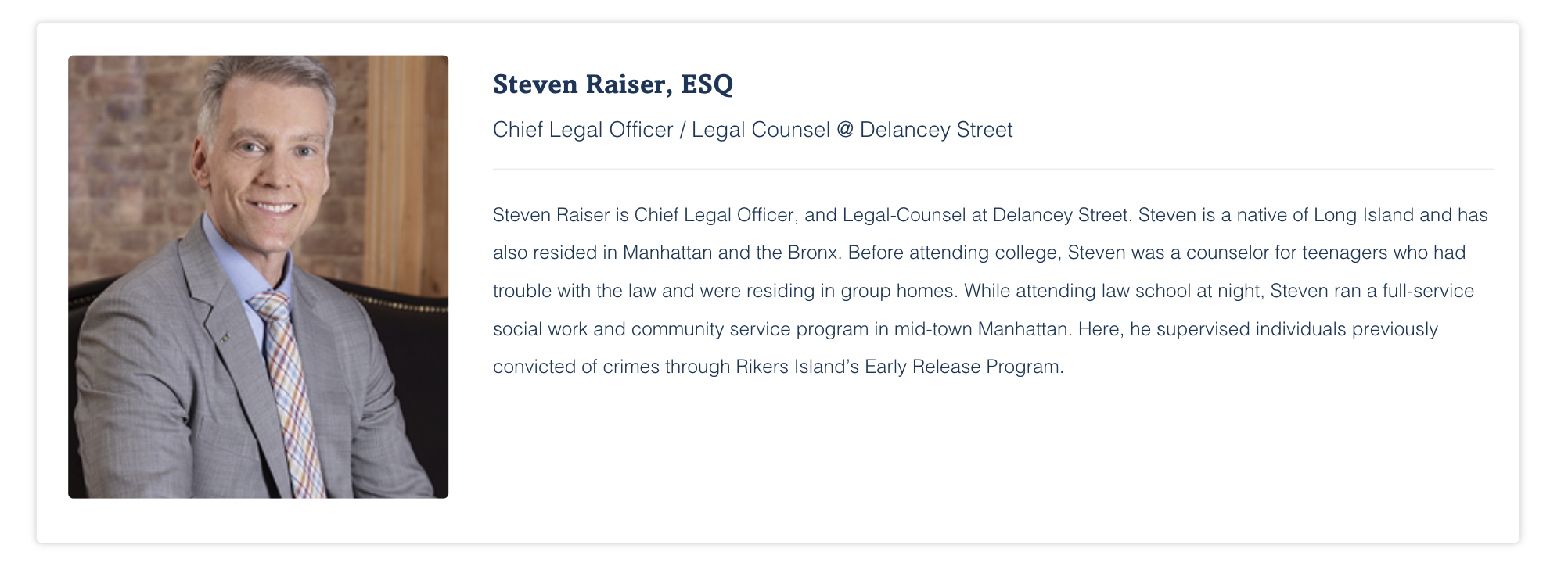IF YOU’RE LOOKING FOR A BUSINESS DEBT SETTLEMENT COMPANY, VISIT DELANCEY STREET. CLICK HERE NOW.

–
How to Negotiate a Settlement on Your Merchant Cash Advance
Merchant cash advances (MCAs) can provide much-needed working capital for small businesses. However, the terms are often unfavorable and business owners can struggle to repay them. If you find yourself unable to make your scheduled MCA payments, negotiating a settlement may help relieve some financial pressure. This guide covers strategies and tips to negotiate the best possible settlement on your outstanding MCA balance.
Understand the MCA Agreement Terms
The first step is thoroughly reviewing your MCA agreement to understand the specific terms, including:
- Factoring rate – The percentage of future credit card sales the MCA company collects as payment.
- Payback amount – The total amount you must repay, including fees and interest.
- Personal guarantee – If you personally guaranteed repayment of the MCA.
- Collateral – Any business assets or personal assets used as collateral.
Knowing these key terms puts you in a better position to negotiate and gives you insight into areas of flexibility.
Assess Your Current Financial Situation
Before reaching out to negotiate, have a clear understanding of your finances. Gather documentation on:
- Sales volume history – Credit card/debit card sales over the past 6-12 months.
- Projected future sales – Realistic estimate of future monthly sales.
- Profit and loss statement – Detailed overview of business finances.
- Personal finances – Your personal income, expenses, assets, and debts.
This financial picture allows you to make a data-driven settlement proposal based on what is truly affordable given your situation.
Calculate a Reasonable Settlement Offer
Now that you know your finances and the MCA terms, you can calculate an appropriate settlement offer amount. Consider:

- What you’ve already repaid – Deduct payments already made from the payback amount.
- Reasonable factor rate – Estimate a viable factoring rate based on your volume.
- Affordable monthly payment – Determine the monthly payment you can realistically afford.
Use these variables to compute your total settlement offer amount and terms for an ongoing payment plan if relevant. The goal is reaching a compromise between what you owe and what you can reasonably pay.
Contact the MCA Company
Once your offer is prepared, contact the MCA company, usually either via phone, email, or through an online portal. Explain that you are facing financial hardship and interested in discussing a settlement on your outstanding balance.
Be prepared to provide documentation supporting your situation and validating the payment terms you proposed. The more data you can supply, the better.
Negotiate in Good Faith
Approach the negotiation in good faith. Acknowledge you took the funding understanding you’d repay it. The MCA company would prefer receiving some payment over forcing you into bankruptcy and recovering nothing.

Listen to their initial counteroffer. Be willing to compromise to land on repayment terms you can genuinely manage per your financials. Getting defensive or refusing to bend at all usually does not lead to an agreement.
Get Any Agreement in Writing
Once verbal terms are agreed upon, request and carefully review a written contract outlining the detailed settlement agreement before signing. Verify it reflects everything discussed including:
- Remaining balance
- Payment amount(s)
- Payment date(s)
- Interest/fees
- Collateral release (if applicable)
By signing only once the written contract aligns with the negotiated terms, you prevent potential misunderstandings down the road.
Alternatives if Negotiations Fail
If despite your best efforts negotiations reach an impasse, all hope is not lost. You still have alternatives, such as:
- Request temporary pause on payments – Buys you time to improve cash flow.
- Offer lump sum payment – One-time lower payoff amount.
- Explore bankruptcy – Discharges debt you truly cannot repay.
While not ideal, these backup options may be better than continuing to struggle under an unaffordable repayment schedule.
In Summary
Negotiating an MCA settlement involves:
- Comprehending your agreement’s terms
- Documenting your overall finances
- Calculating a reasonable offer
- Professionally contacting the MCA provider
- Compromising during discussions
- Securing written terms
- Exploring alternatives if needed
With the right preparation and strategic approach, you can often reach an agreement that significantly reduces your outstanding MCA balance to a manageable amount. The process requires time and diligence but puts you in control of your financial future. Reach out for legal assistance if you need support taking these negotiation steps.
Key MCA Agreement Terms to Understand
When negotiating a settlement on your merchant cash advance, having a solid grasp of your agreement’s terms empowers you to put together an informed offer. Key areas to focus on comprehending include:
Factoring Rate
The factoring rate is the percentage of your future credit/debit card sales the MCA company collects as your payment on the cash advance. Typical rates range from 1.10 to 1.50. Understanding your specific rate allows you to estimate what percentage is realistic based on your sales volume history and projections when determining new terms.
Payback Amount
The payback amount represents the total amount you must repay on the MCA, including all fees and interest. Deducting the total you already paid gives you the remaining balance still owed. From there, you can calculate the lump sum or ongoing payments genuinely affordable for you.
Personal Guarantee
Many MCA agreements require a personal guarantee, meaning if your business defaults the business owner is personally responsible for repaying the outstanding amount. Knowing if you signed a personal guarantee gives you critical insight into potential personal liability and your negotiation leverage.
Collateral
Some MCA companies secure the agreement against tangible business assets like accounts receivable or equipment. It is also common for them to gain access to a business bank account, withdrawing the agreed-upon percentage automatically. Understanding collateral implications allows you to negotiate their release as part of a settlement.
How to Assess Your Financial Situation
Going into MCA settlement talks armed with documentation that lays out your overall financial standing strengthens your position. Be prepared to share details on areas like:
Sales Volume History
Compile credit/debit card sales data for the past 6-12 months. This provides insight into trends and charge volume to forecast what is realistic moving forward. Being able to validate your future sales projections builds trust in the revised repayment terms you propose.
Projected Future Sales
Prepare a month-by-month projection of your anticipated credit card sales over the next 6-12 months. Local economic conditions, seasonal trends, and your marketing plan can impact projections. Provide sound reasoning behind the numbers you estimate.
Profit and Loss Statement
A recent profit and loss statement gives the fullest picture of your revenue and expenses. Having this baseline understanding of your business’s financial situation allows you to realistically set repayment terms aligned with your available cash flow.
Personal Finances
Since an MCA may involve a personal guarantee, assessing your personal financial standing is also important. Be ready to share an overview of your income, fixed costs, discretionary spending, assets, and existing debts. This helps substantiate the affordable settlement terms you submit.
How to Calculate a Reasonable Settlement Offer
With your MCA agreement terms and financials in hand, now you can strategically develop a reasonable lump sum or installment settlement offer amount. Crunch the numbers taking into consideration factors like:
What You Have Already Repaid
Tally up the total amount you have paid to date between the original advance amount and all payments collected by the MCA company so far. Deduct this from the total payback amount in your agreement to determine the remaining balance still owed.
Realistic Factoring Rate
Review historical sales data and projected future volume to estimate a viable factoring rate you could reliably pay each month. This should align with your profit and loss statement and available cash flow. Citing other precedents can also help support your proposed rate.
Affordable Monthly Payment
Based on your financials and proposed factoring rate, calculate the specific monthly payment amount you feel you could reasonably take on. Ensure this factors in operating expenses, payroll, other debt obligations, taxes, and leaving a cushion for unforeseen expenses.
Use these key inputs to compute your total requested settlement amount and structure. The goal is landing on terms to resolve your outstanding MCA balance you can genuinely manage per your finances.
–
IF YOU’RE LOOKING FOR A BUSINESS DEBT SETTLEMENT COMPANY, VISIT DELANCEY STREET. CLICK HERE NOW.
–








